
Historical collections of botany and medicine, and a modern section dedicated to botany, history of botany, history of gardens, history of medicine.
History of Medicine; Scientific Illustration; Botany; History of Botany; Pharmaceutical Botany; Ethnobotany; Gardening; Historic Gardens

Database collecting monographs, contributions in monographs, articles in periodicals, editorial extracts concerning the history, activities, collections, artistic aspect of the Botanical Garden of Padua. Updated 2015, interface in italian only.
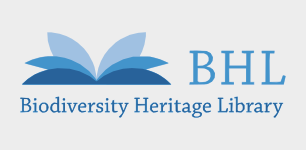
A digital library created through the collaboration of several leading international academic and public institutions of natural history and botany; it makes more than 100,000 titles on the subject of biodiversity accessible, including works on medicine, botany, and the history of botany.
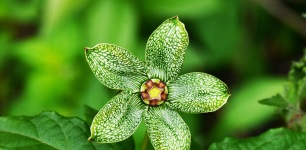
The current holdings amount to 5 million specimens, making this collection one of the ten largest in the world and representing about 8% of the plant resources of the United States. The herbarium is particularly rich in type specimens (110,000).
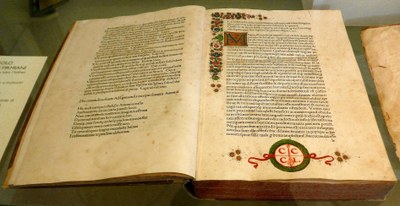
International database of 15th-century European print works created by the British Library with contributions from institutions around the world.
An interactive, annotated worldwide bibliography of printed and digital works in the history of medicine and the life sciences from about 2000 BC to 2022 by Fielding H. Garrison (1870-1935), Leslie T. Morton (1907-2004) and Jeremy M. Norman (1945-). Traditionally known as ‘Garrison-Morton’.
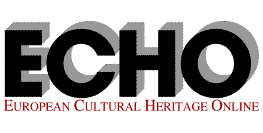
Specialized open access portal on the history of science: comprises 95 collections of over 200,000 digitized documents from 170 international cultural institutions.

The Europeana website offers cultural heritage enthusiasts, professionals, teachers, and researchers access to Europe's digital cultural heritage. It gives access to millions of objects from institutions all over Europe: works of art, books, music, and videos on art, newspapers, archaeology, fashion, science, sport, and much more.
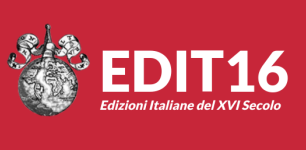
The National Census of 16th Century Italian Editions (EDIT16) aims to document the printed production of the 16th century. The database describes editions printed between 1501 and 1600 in Italy, in any language, and abroad in Italian.
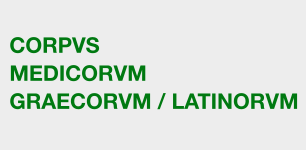
Edition of the Greek and Latin Classics of Medicine edited by the Berlin-Brandenburgische Akademie der Wissenschaften.
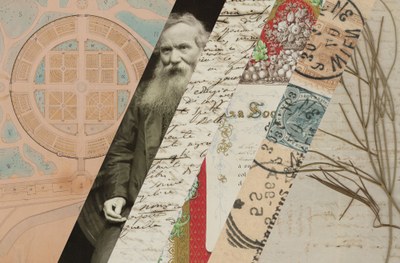
The archive documents the centuries-long history of the Garden. The historical part (1763-1921) includes 23,000 documents of an administrative and scientific nature and materials related to the activities of the prefects who directed the Garden and in particular the extensive personal and scientific correspondence that botanists such as Roberto De Visiani (1800-1878) and Pier Andrea Saccardo (1845-1920) had with experts of national and international renown.

The exhibition is dedicated to the important figure of Roberto De Visiani, born in 1800 in Dalmatia and prefect of the Botanical Garden of the University of Padua from 1836 to 1878, the year of his death. A botanist with wide-ranging literary interests, De Visiani lived through the turbulent Risorgimento season of the mid-19th century in Padua, relaunching the scientific activity of the centuries-old Botanical Garden of Padua in a modern key. In italian only.
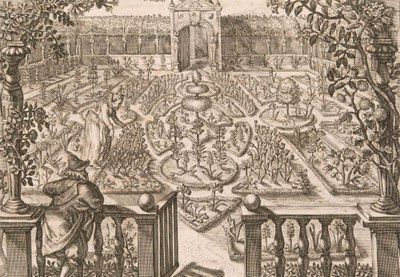
The oldest distinguishable book collection in the botanical section of the library, which belonged to the prefect of the Botanical Garden, Giovanni Marsili, a man of wide-ranging interests and a passionate bibliophile. It includes manuscripts, printed texts, incunabula and editio princeps, collections of illustrated prints.
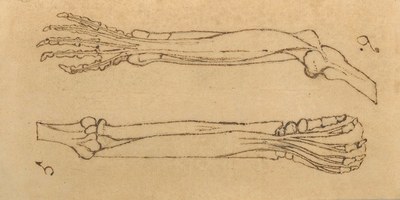
The works of scholars in Padova who, from the thirteenth to the beginning of the seventeenth century, illuminated the path of the Medical School, first creating (from the thirteenth to the fifteenth centuries) the innovative environment in which Vesalius succeeded in giving life to the new paradigm of Medicine, and then (in the sixteenth and seventeenth centuries) upholding, with their activities, the excellence of the School of Anatomy among the Medical Schools throughout Europe.
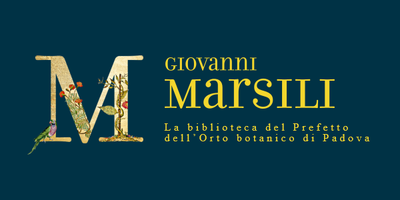
The virtual exhibition, realised in parallel with a physical exhibition, explores the person of the Botanical Garden prefect and passionate bibliophile Giovanni Marsili, his times, the events of the collection and its dispersion, and the subjects of the volumes. The exhibits are fully digitised and virtually browsable.

The library maintains a historical collection of ‘Index Seminum’, seed catalogues of plants grown in a botanical garden. These catalogues are shared with other botanical gardens for information and to enable the exchange of seeds.

The collection includes numerous volumes that belonged to the prefect Roberto De Visiani's personal library: classics of botany and medicine, some in precious antique editions, but also titles that testify to his interest in fossils and palaeobotany. Alongside these, numerous manuscripts relating to his studies and publications are preserved.

The collection includes the books, some manuscripts, and documents of Vincenzo Malacarne (1744-1816) and his sons Gaetano Malacarne (1779-1832) and Claro Giuseppe Malacarne (1774-1828).
2,380 portraits of Italian and foreign botanists dating from the second half of the seventeenth century through to the first half of the twentieth. The collection is made up of photographs (salt prints, albumen prints, aristotypes, platinotypes and gelatin prints), glass negatives, engravings, watercolours, drawings, paintings and photomechanical prints.
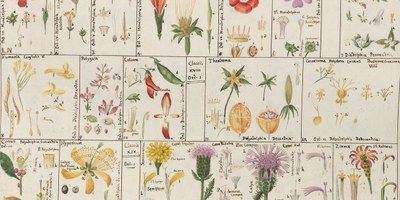
A collection of manuscript texts illustrated with images of plants dating from the 15th to the 19th century. These volumes allow us to consider the development of botanical illustration from the most abstract or fantastic forms to the most realistic naturalism. Some also bear witness to the scientific journeys undertaken to herborize.
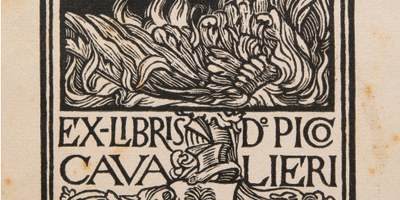
Archive of images relating to the material marks left over the centuries by various owners on the books that are now part of the library's holdings, which was established in 1875 with the funds donated to the University of Padua by the clinician Vincenzo Pinali: ex libris and super libris, stamps, handwritten dedication or possession notes, reading, purchase, and other distinguishing features.
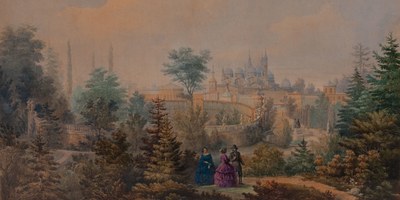
A collection of descriptions, guides, reports, manuscripts, and images to get to know the Garden through the centuries. From the first planimetric description and list of cultivated plants from 1590 to reports on activities during the Great War, through historical guides to Padua, the Athenaeum, and the Garden itself, and through printed illustrations and period photographs.
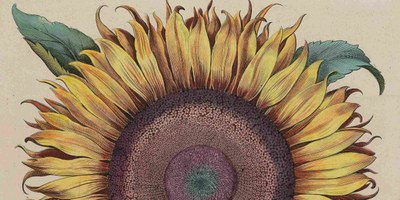
The exhibition paints a picture of different aspects of botanical illustration (history, evolution, techniques...) through some of the most beautiful books preserved in the Library, presented along different paths. Within the very rich heritage of the Library, it was decided to select the illustrated volumes that seemed most significant: books produced in different centuries (from the 15th to the 19th century), with different printing techniques of the images and created for different purposes.

Dried herbaria are collections of real plants subjected to a drying process and then glued with various methods (glue, tape, pins...) onto sheets that can then be bound together or left loose and collected in a folder. The library preserves twenty dried herbaria bound in the form of a codex (most of them from the 18th century) and a loose-leaf herbarium from the second half of the 18th century.
Collection of photographs of the Botanical Garden of Padua from 1880 to 1992 and other Italian and foreign botanical gardens, gardens and sites.